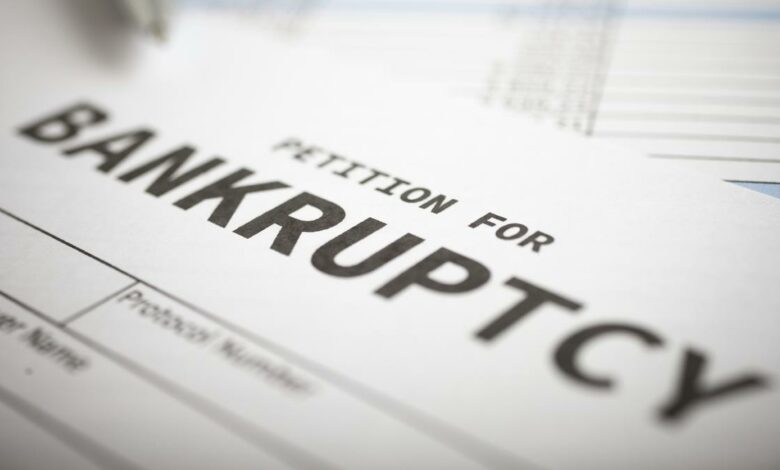Many companies are filling in for oil bankruptcy cases

Matthew Owens has gleaned a great deal of expertise. He, when his former manager at Gasco Energy awakened with private equity team Yorktown Partners to be only 26 years old in 2012, discovered what would eventually become Extraction Oil & Gas. And Owens was 30 when in 2016 Extraction surged to turn into a $ 4 billion market cap company — and held its IPO. Forbes recognized him in 2016 on our 30 Under 30 listing. Since that time the oilman has obtained a ride on the ups and downs
Downs of commodity costs fracking of and while supervising the drilling Denver-Julesburg Basin. In 34, in March 2020, Owens took at Extraction Challenge Chapter 11 restructuring.
How the problem is rising?
The oil driller has lived at oil for many years. However, the recent meltdown to $20 revealed excruciating, igniting the first significant petroleum bankruptcy of the present catastrophe. Whiting (WLL) certainly will not be the final. The petroleum business has defeated, putting off a decline in demand for gasoline, jet fuel, and gas.
This pain was amplified by means of an epic cost war between Russia and Saudi Arabia, a pile of debt on petroleum company balance sheets as well as also the shutdown of the junk bond market. Those variables will nearly surely set a spike in oil patch bankruptcies from the forthcoming months. And a number of those companies might not endure.
How the company is taking terms?
A large part of the spending cut reduced the quantity of completion and drilling action: fracking crews are down 82% from mid-March levels and US flat oil rigs are down 67%. As operators decommissioned rigs in a mean of 25 rigs week-over-week compared with the average decrease of 65 rigs of April W/W in May, drilling activity continued its decrease but at a slower rate.
This is probably an indication that rigs are currently coming to their flooring and the anticipation is they will stay before 2021 around the 300 rig degree. A substantial increase in rig activity isn’t expected until 2022, which is reflected in the most recent operator advice reports. For many companies, a reduction in CAPEX will not be sufficient to survive the low oil price environment.
S&P Global Ratings and S&P International Platts have recognized 29 companies (17 mining and manufacturing companies and 12 oilfield services firms) that have defaulted on debt, together with several of them filing for bankruptcy due to financial hardship.
Most companies are standing in financial debt
They have a mountain of debt coming due, and restricted capacity to refinance it. More than any other business, petroleum gained by a decade of low borrowing costs and insatiable need for return among shareholders. The junk bond market was open to the riskiest oil businesses. The financing helped create the United States the world’s top petroleum producer. Before this fiscal disaster investors were growing frustrated with the oil business’s weak fiscal performance.
Throughout the previous ten years, this S&P 500’s energy industry has been the actor. Wall Street required oil businesses reside by paying down debt and paying.
And today that cash-strapped oil businesses will need to refinance their debt, the junk bond market has been closed. No electricity junk bonds have been issued to any firm, in February and March, according to Dealogic.




